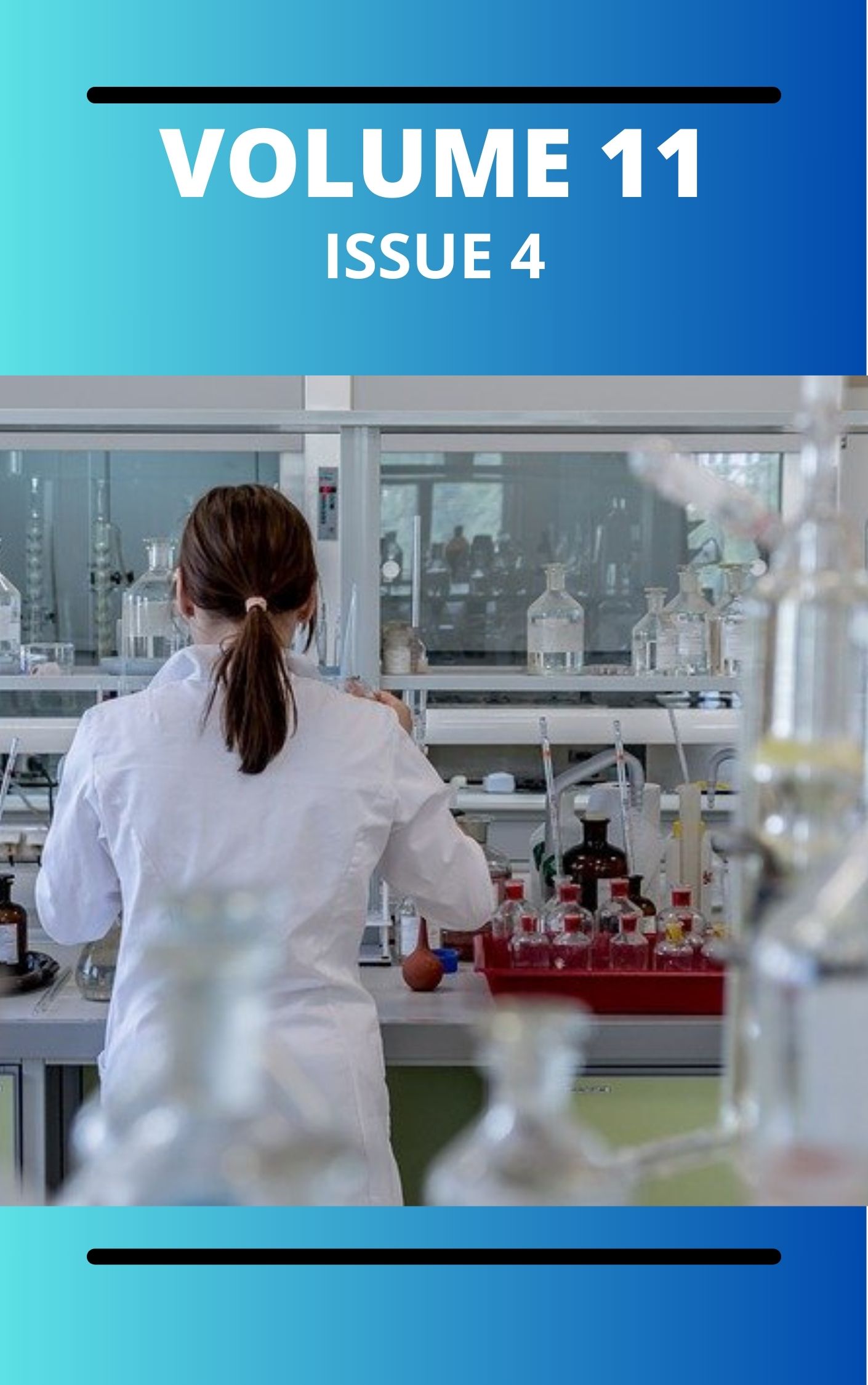A Multidisciplinary Approach to Historic Building Preservation
DOI:
https://doi.org/10.4314/pqk30v81Keywords:
Multidisciplinary approach, historic building, structural engineering, conservation, material Science, non-destructiveAbstract
Structural engineering in particular must work with other disciplines to accomplish the vital goal of preserving cultural heritage. The preservation of historic buildings guarantees that next generations will be able to experience and learn from these cultural objects, which serve as the physical embodiment of cultural identity and history. But structural problems frequently affect these structures, endangering their durability and structural integrity. While structural engineering is essential for identifying and resolving these problems, it cannot function alone. To create successful preservation plans that honor the structural and cultural characteristics of these structures, a multidisciplinary approach combining knowledge from material science, architecture, history, and conservation is required. Through a multidisciplinary perspective, this research investigates the function of structural engineering in the preservation of historic buildings. Through an analysis of case studies and existing practices, it draws attention to the advantages, difficulties, and potential paths forward of a cooperative approach to cultural asset conservation.
Downloads
Published
Issue
Section
Similar Articles
- U. Aletan, Proximate and Physicochemical Analysis of the Fruit and Oil of Avocado Pear , Communication In Physical Sciences: Vol. 3 No. 1 (2018): VOLUME 3 ISSUE 1
- Uzoma Nwokoma Esomchi, , Obinna. Christain. Dinneya, , Chukwunenyoke Amos-Uhegbu, , Solape Simeon Fadeyi, MAGNETIC RESPONSE ANALYSES IN PARTS OF SOUTHERN BENUE TROUGH: IMPLICATIONS FOR MINERAL PROSPECTING , Communication In Physical Sciences: Vol. 12 No. 3 (2025): VOLUME 12 ISSUE 3
- Sunday Emmanson Udoh, Effect of Intake Work Corrosion on Water Quality and Remedial Measures , Communication In Physical Sciences: Vol. 7 No. 4 (2021): VOLUME 7 ISSUE 4
- Nyeneime William Akpanudo, Ojeyemi Matthew Olabemiwo, Pore Parameters Analysis of Echinochloa pyramidalis leaf Dopped Silver Nanoparticles , Communication In Physical Sciences: Vol. 11 No. 4 (2024): VOLUME 11 ISSUE 4
- Eneni Roberts Inala, Okpo Esio Unanaonwi, Species- Specific- Pathogens of Selected Forest Trees in Tropical Secondary Moist Forest of Otuoke, Nigeria , Communication In Physical Sciences: Vol. 8 No. 4 (2022): VOLUME 8 ISSUE 4
- Daniel Chukwunonso Chukwudi, Michael Oladunjoye, Geophysical Exploration of Coastal Saline Water Intrusion: A Study of Ikoyi and Banana Island, Lagos State , Communication In Physical Sciences: Vol. 9 No. 4 (2023): VOLUME 9 ISSUE 4
- Ayomide Ayomikun Ajiboye, Investigating the Role of Machine Learning Algorithms in Customer Segmentation , Communication In Physical Sciences: Vol. 12 No. 2 (2025): VOLUME 12 ISSUE 2
- Ugoetan Victor Agbogo, Rifore Belief Silas, Victor Inioluwa Olaoye, Philip Ifeanyi Jerome, Mathew Joshua, Investigation of the Inhibitive Properties of Bio-Inspired Starch-Polyvinyl Acetate Graft Copolymer (Ps-Pvagc) on the Acid Corrosion of Mild Steel , Communication In Physical Sciences: Vol. 10 No. 2 (2023): VOLUME 10 ISSUE 2
- Wisdom, Ivwurie, Daniel, Okiriguo, Evaluation of n-Alkanes Hydrocarbon from two Communities in Udu Local Government Area, Delta State , Communication In Physical Sciences: Vol. 7 No. 4 (2021): VOLUME 7 ISSUE 4
- Bala Yakubu Alhaji, Physical And Mechanical Properties of Composite and Pure Briquettes Produced from Rice Husk, Groundnut Shell and Palm Kernel Shell Using Cassava Starch , Communication In Physical Sciences: Vol. 12 No. 5 (2025): Vol 12 ISSUE 5
You may also start an advanced similarity search for this article.




